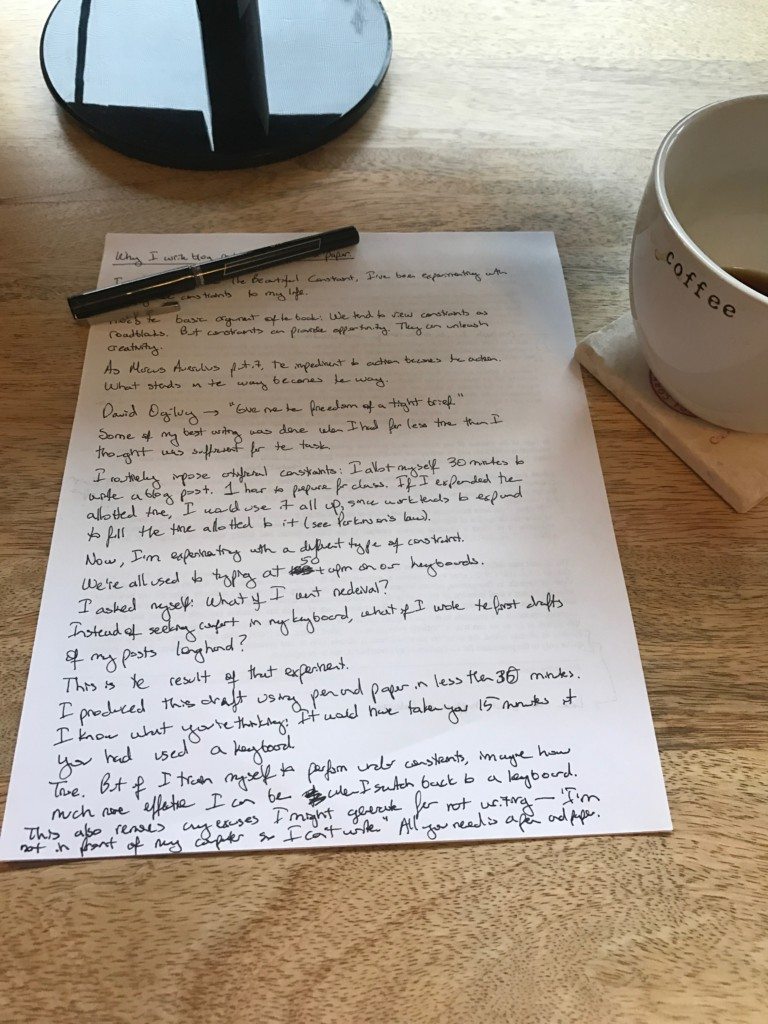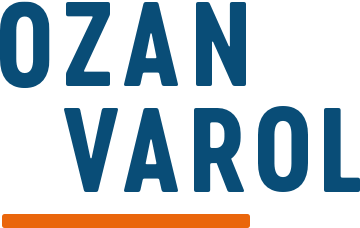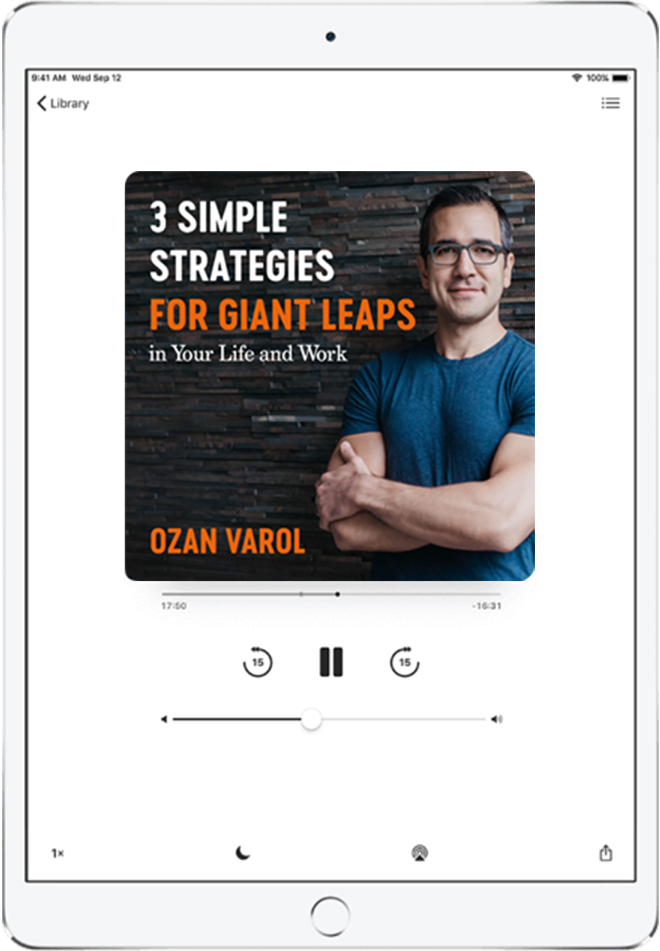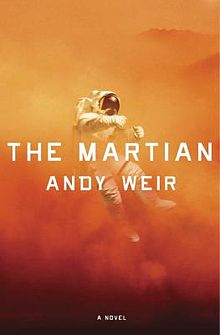
Inspired by the thought-provoking book The Beautiful Constraint, I’ve been experimenting with deliberately adding more constraints to my life.
You read that correctly. I’m adding, rather than removing, constraints.
This goes against the grain of conventional thinking. We tend to view constraints as roadblocks. They throw a wrench in our plans. They make it more difficult to achieve our goals.
The book begs to differ. Its authors argue that constraints can unleash creativity and stimulate bolder, more innovative solutions.
For example, Mick Jagger’s unique style of dancing was a result of years of performing on tiny stages. The Google home page is so simple because Google’s co-founder Larry Page didn’t know how to code properly. Jerry Seinfeld put a significant constraint on himself as a comedian–no swearing or jokes about sex–that allowed him to create remarkable comedy about unremarkable objects like the chair. Advertising giant David Ogilvy, the real life Don Draper, is known to have said, “Give me the freedom of a tight brief.”
For my part, I’ve done some of my best writing when I had far less time than I thought was necessary.
When the judge I clerked for after law school asked me to finish the first draft of a major opinion in less than a week, I grumbled about needing at least a few weeks to do it justice. My pleas for sympathy were met with a shrug.
I’m so glad the judge didn’t take pity on me. Not only did I finish the draft on time, by all indications, it was just as good–if not better–than it would have been if I had a few more weeks to work on it.
Since then, I’ve been imposing artificial constraints on myself. For example, I allot myself 30 minutes to write a blog post. Or 1 hour to prepare for each class that I teach.
Why? If I expanded that time window, the work would also expand to fill the time allotted to it (see Parkinson’s law).
This week, I’ve started experimenting with a different type of constraint.
We’ve become all too comfortable with typing 40-50 words per minute on our keyboards.
I asked myself, “What if I went medieval?”
Instead of seeking comfort in the speed and ease that my keyboard provides, what if I wrote the first drafts of my blog posts longhand the old-fashioned way?
You’re reading the result of that experiment.
I produced this draft using a pen and paper in less than 30 minutes.
I know what you’re thinking: It would have taken me 15 minutes if I had used a keyboard. Is that 15 minutes of my life down the drain?
I don’t think so. If I train myself to perform under constraints, my hypothesis is that I’ll be more productive once the constraints are removed. Put differently, if I learn to be effective at writing blog posts using a pen and paper, my effectiveness in writing posts using a keyboard will also increase.
As we grow accustomed to the same activity–typing on a keyboard, running at the same pace, lifting the same weight–we plateau. Something needs to shock the system to re-enable growth.
Writing with a pen and paper also eliminates any excuses I tend to generate for not writing. “I’m not in front of my computer” or “My laptop is out of battery” are now laughable. Grab a pen and paper and get to work.
What constraints can you impose on your life to increase your productivity?




